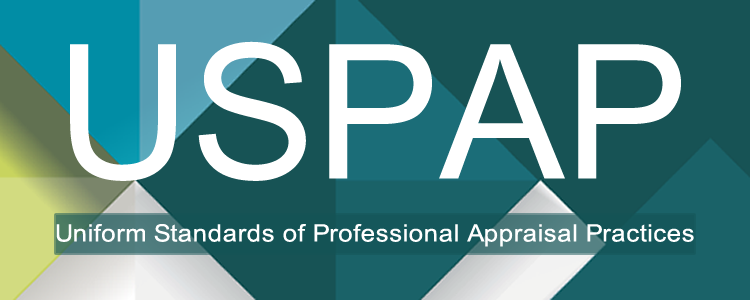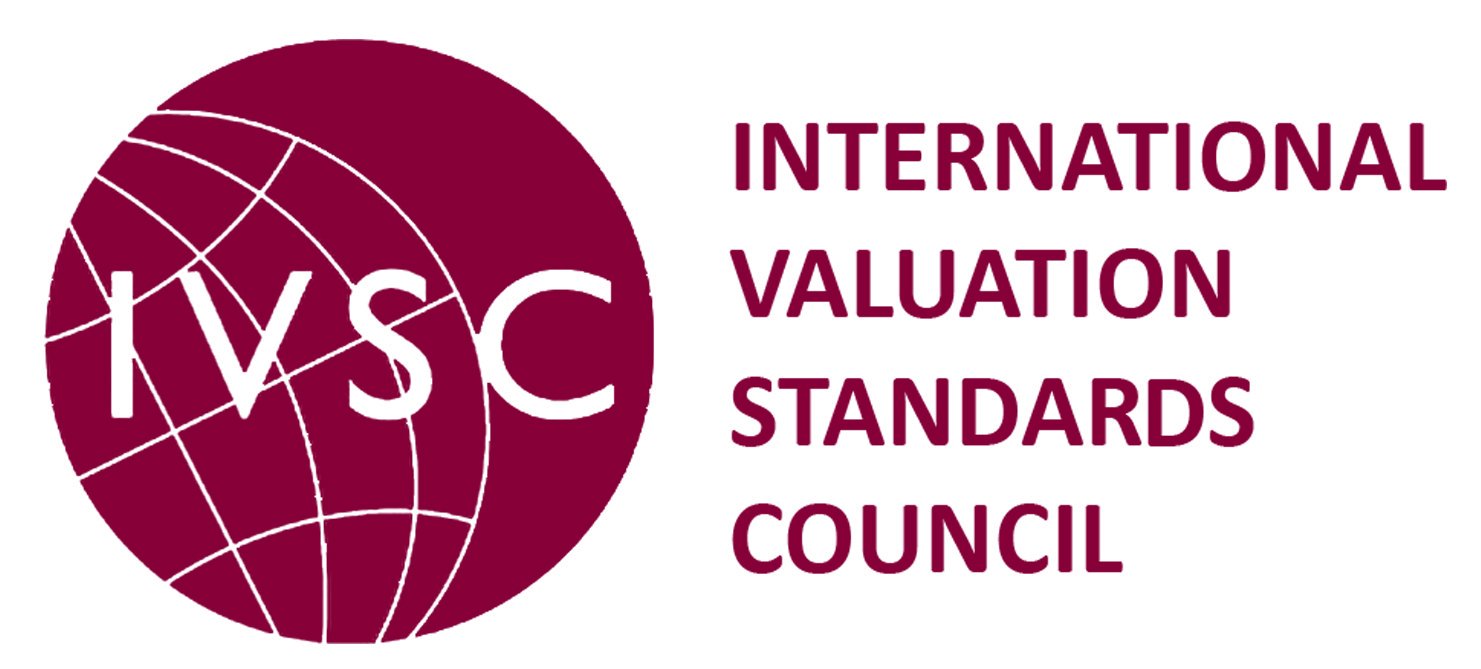Uniform Standards of Professional Appraisal Practice
We call it USPAP, administered by The Appraisal Foundation, it is formal land appraisal.
USPAP Forestland Appraisal Overview
Valuation Methods under USPAP
USPAP recognizes three standard valuation approaches:
- Cost Approach: Derives value based on current replacement costs minus depreciation.
- Sales Comparison Approach: Estimates value through comparable property sales.
- Income Capitalization Approach: Values the property by discounting projected net income streams—particularly effective for timberland.
For forestlands, only the Income Capitalization Approach captures the long-term biological and financial interplay that defines asset value. This is the principle FRASS operationalizes, turning decades of growth and uncertainty into measurable, defendable value.
USPAP Forestland Appraisers must assemble all these factors for each timber stand. These are combined for the subject parcel and reported as the Income Capitalization Approach to timberland value. Two other options—Cost Approach and Sales Comparison Approach—may also be considered, but each faces critical limitations.
Valuation Methods Explained
The Appraisal Institute, through the Uniform Standards of Professional Appraisal Practice (USPAP Forestland Appraisals), provides guidance for asset valuation methods used in Appraisal Reports.
The Cost Approach
Licensed Appraisers applying the Cost Approach typically estimate timber value as if liquidated on the date of assessment. This recognizes only the current market value of timber standing on the land. It does not account for reforestation costs or the future productive capacity of the site. Consequently, this approach overlooks the long-term profitability of forestland investments.
Forestlands differ widely in site productivity. Some soils and microclimates grow timber more efficiently than others. The Cost Approach ignores this biological productivity, yielding valuations that fail to capture the enduring value of the land as a renewable asset.
The Cost Approach does not consider forest site productivity value or future productivity evidenced by growing trees.
The Sales Comparison Approach
This method estimates value from comparable land sales but often misrepresents forestlands when executed as a USPAP Forestland Appraisal. Apparent “comparables” may differ in productivity, species composition, stand age, regulatory constraints, riparian buffers, slope, and access—factors that drastically affect value.
In forty years as a Professional Forester, I have never witnessed two forestland properties that were identical. Adjusting sale prices for these differences introduces judgmental uncertainty that undermines defensibility.
We can do better than this.
The Income Capitalization Approach
The Income Capitalization Approach—FRASS’s core methodology—is predicated on the assumption that a definite relationship exists between income potential and asset value. It discounts future revenues and costs to present value, producing the most accurate, reproducible estimate of worth.
- Amount of income a property can earn,
- Timing of income events discounted to NPV,
- Timing of costs required to generate those incomes, discounted to NPV,
- Ultimate value derived from these discounted cash flows.
This approach is more complex, but it generates the true value of the forestland asset—the “golden fleece” of USPAP Forestland Appraisal methods.
Stratification Matters
FRASS divides each parcel into discrete components: timber stands, roads, riparian zones, and habitat features. Each stand’s hauling distance, growth and yield profile, and market conditions are modeled to produce precise, stand-level valuations. These are aggregated to the parcel level, creating a defensible, repeatable USPAP Forestland Appraisal Report.
The GIS component of FRASS enhances accuracy and visualization. It captures property boundaries, stream and road networks, and stand attributes—linking spatial and economic data directly into the valuation model.
When the USPAP Forestland Appraisal Report is finalized, the Licensed Appraiser documents findings for clients, loan officers, and peers. The asset values assigned are defensible, repeatable, and understandable by all stakeholders.
Make FRASS a Part of Your Appraisal

Click here to progress to the next level. You will like what happens next.


